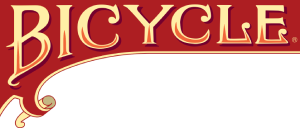USPCC DATING CODE
Use the chart below to determine the year the deck was printed. Since there are many dates for each letter, you should first refer to the start and end dates for the back design on this site (for Bicycle cards). You can also look at the tax stamp on the tuck case (if any), and refer to the dating chart for tax stamps, below. Note that tax stamps are a reliable tool for finding a range of dates for U.S. playing cards of any manufacture.
Also look at the design of the ace of spades, and style of the box (if any!) to help determine the dates of issue for the deck. For Bicycle playing cards, finding a match on the US8, US8A, etc. pages on this site will give you a close enough date range to accurately find the correct date on this chart.
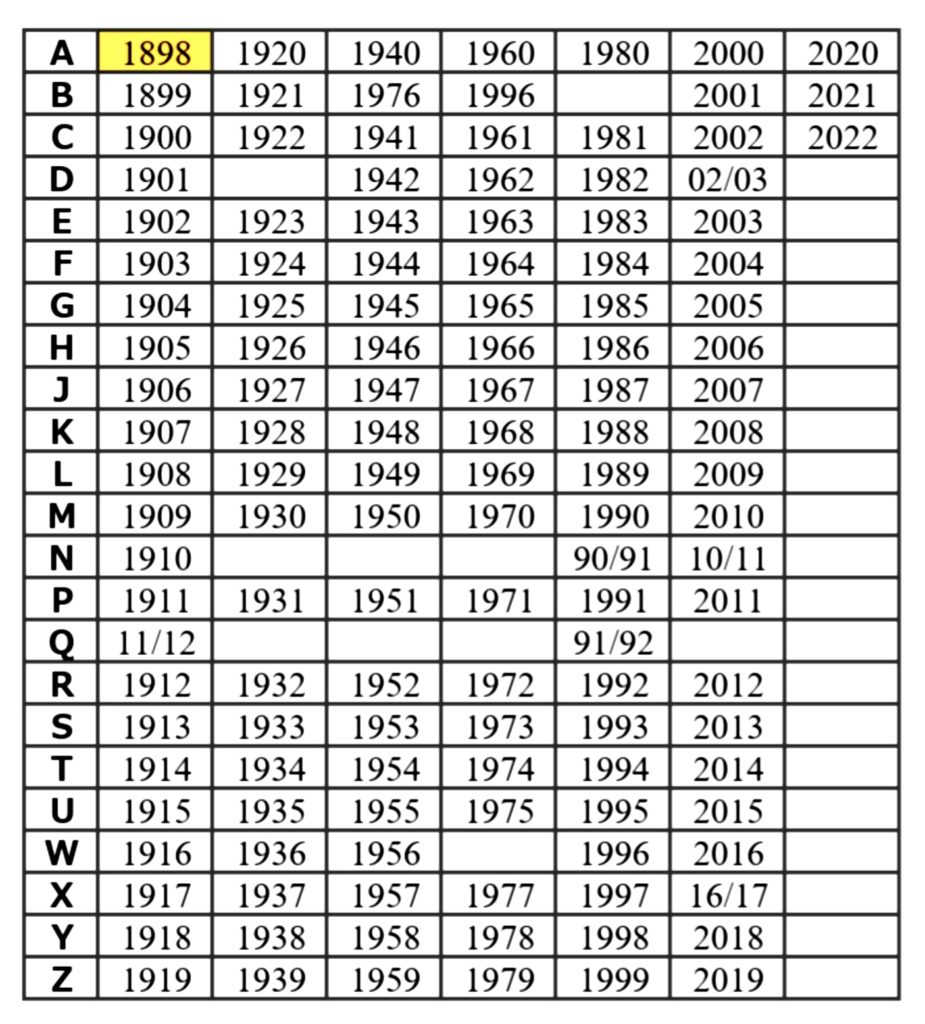
USPCC Dating Code - revised April 2022
This chart is based on an original version from the Hochman Encyclopedia of American Playing Cards, an EXTREMELY helpful resource for any collector of U.S. playing cards.
The original version of this chart started with the “G” code for 1904. I first updated this chart to include the B-F codes for 1899 to 1903, based on evidence from my own collection, and those of others. Some examples can be found below.
This most recent version of the chart is the result of research conducted by Touya Yabuhashi, a scholar from Japan. Touya’s work, for which I am very grateful, has provided evidence for the use of the “A” dating code in 1898, and brought the chart up to date to 2022 with numerous corrections.
Rod Starling has also sent me some updated information on deciphering the more recent printing codes in use by the United States Playing Card Company. I have put this information HERE.
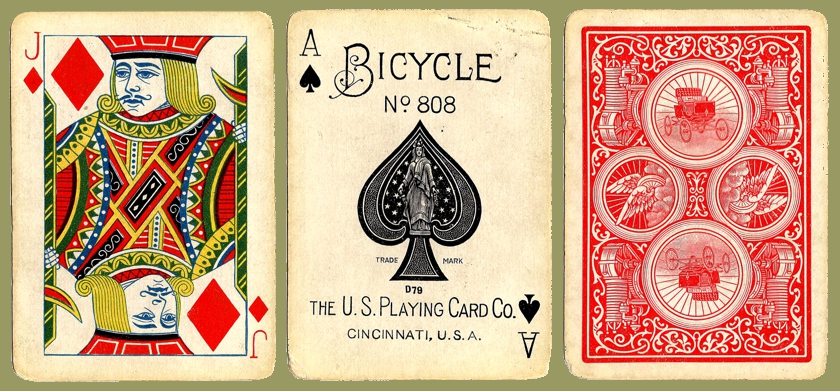
A few cards from Kei Izumi's Motor No. 1 deck
Kei Izumi, a collector from Japan, found a US8d Motor No. 1 deck, which was introduced in 1901 and discontinued in 1907, with a “D” code on the ace which could only correspond to 1901 (pictured above). I subsequently purchased a US8d Tri-Tire No. 1 deck issued in the United Kingdom with a “B” date code which could only correspond to 1899, shown on the Tri-Tire No. 1 page.

Clay Boulware's Capitol deck
The USPCC Capitol deck pictured above also has a “D” date code. While this ace design is more closely associated with US8a, the very first Bicycle ace of spades dating from 1885, this Capitol ace references “United States Playing Card Company,” with no mention of the Russell and Morgan Printing Company, or the Russell and Morgan factory. This is consistent with US8d decks which were first produced in 1900. Thanks to Clay Boulware for noticing the date code and for providing the images.
USPC TAX STAMPS
Thanks to PETER ENDEBROCK for permission to reproduce his excellent guide to U.S. playing card revenue stamps. These stamps were usually affixed to vintage playing card tuck cases and are useful for determining the issue dates of 19th and 20th century U.S. playing card decks. Most of the tax stamps shown below, and the corresponding text, are from Peter’s dating page, which can be found at www.endebrock.de/stamps/st-usa.html. Peter’s website also has a fascinating array of antique European playing cards from his collection.
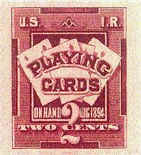
This stamp was in use from 1894 to 1896. The text is ‘PLAYING CARDS – ON HAND AUG. 1894 – TWO CENTS’ and ‘U.S. – I.R.’.
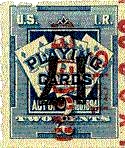
This stamp was in use from 1894 to 1917. The text is ‘PLAYING CARDS – ACT OF AUG. 1894 – TWO CENTS’ and ‘U.S. – I.R.’. The stamp was cancelled by the U.S.P.C.CO. with the date 5-1-01.
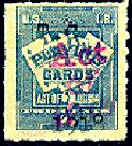
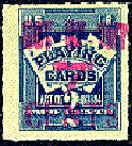
These stamps are similar to the one above. They were in use from 1917 to 1919. The overprint mentions ‘Act of 1917’, when taxes were increased, and on the second stamp also the new value ‘7 CENTS’.
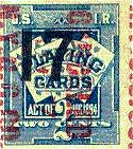

These also were in use from 1917 to 1919, the Act of 1917 is referenced by the overprint ’17’. They were cancelled by N.Y.C.C.CO.
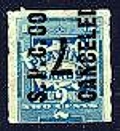
This is another stamp in use from 1917 to 1919. The overprint is the new value ‘7’. It was cancelled by S.P.C.CO. (Standard).
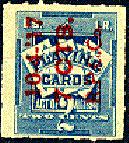
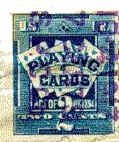
These again were in use from 1917 to 1919, the center row of the cancelling shows the new value ‘7 CTS.’ (cancelled by R.P.C.Co. (Russell) and dated 10-4-’17) resp. ‘7 CENTS’ (cancelled by S.P.C.Co. (Standard) dated 10-4-1917).
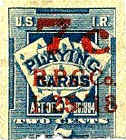
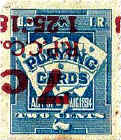
This is the last version in use from 1917 to 1919, the overprint shows the new value ‘7c’. Both stamps were cancelled by R.P.C.Co. (Russell) on ‘1-25-’18’.
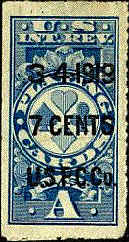
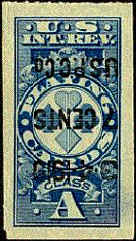
These stamps were in use from 1918 to 1919. The text is ‘U.S.INT.REV.’, ‘PLAYING CARDS,’ and ‘CLASS A.’ Both stamps have have ‘7 CENTS’ in the center row of the cancellation, and they were cancelled by the U.S.P.C.Co. with the date 3-4-1919.
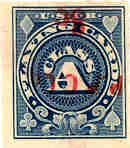
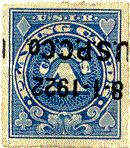
These are two more of the ‘CLASS A’ stamps. They were in use from 1919 to 1924. The text is ‘U.S.I.R.’, ‘PLAYING CARDS,’ and ‘CLASS A.’ The left stamp has an ‘8c’ overprint, and was canceled by the P.P.C.Co., the right stamp was cancelled by U.S.P.C.Co. dated 8-1-1922.
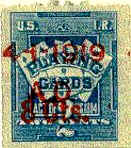
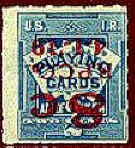
These stamps were in use from 1919 to 1924. Note the ‘8 Cts.’ resp. ‘8c’ overprint! The left stamp was cancelled by the AD (Dougherty), the right one by R.P.C.Co. (Russell), both with dated 4-1-19.
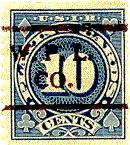
This stamp was in use from 1924 to 1929. The text is ‘U.S.I.R.’, ‘PLAYING CARDS,’ and ’10 CENTS.’ The stamp was cancelled by W. P. L. CO.
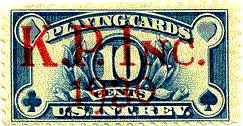
This was a stamp in use from 1929 to 1940. The text is ‘PLAYING CARDS’, ’10 CENTS’, and ‘U.S.INT.REV.’. The stamp was cancelled by K. P. Inc. in 1930.

This stamp was in use from 1940 to 1965. The text is ‘PLAYING CARDS’, ‘1 PACK’, and ‘U.S.I.R.’. It was cancelled by A.P.C.CO. (Arrco).
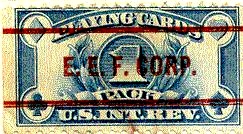
This is another stamp in use from 1940 to 1965. The text is ‘PLAYING CARDS’, ‘1 PACK’, and ‘U.S.INT.REV.’. It was cancelled by E.E.F. CORP. (Fairchild).
Taxes on playing-cards were abolished in the U.S.A. in 1965. Many manufacturers continued using stamps with their own design to seal the package.
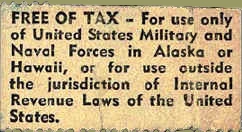
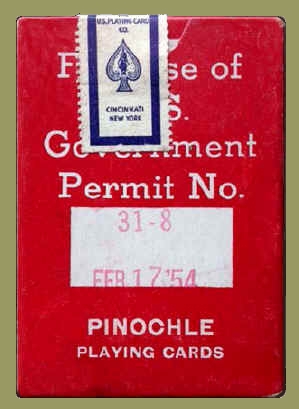
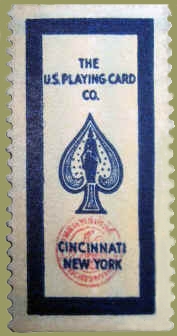
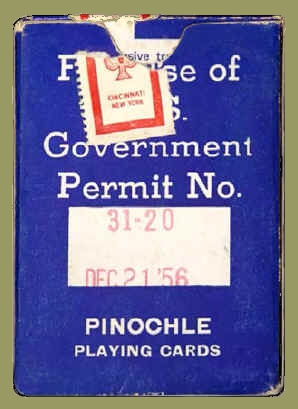
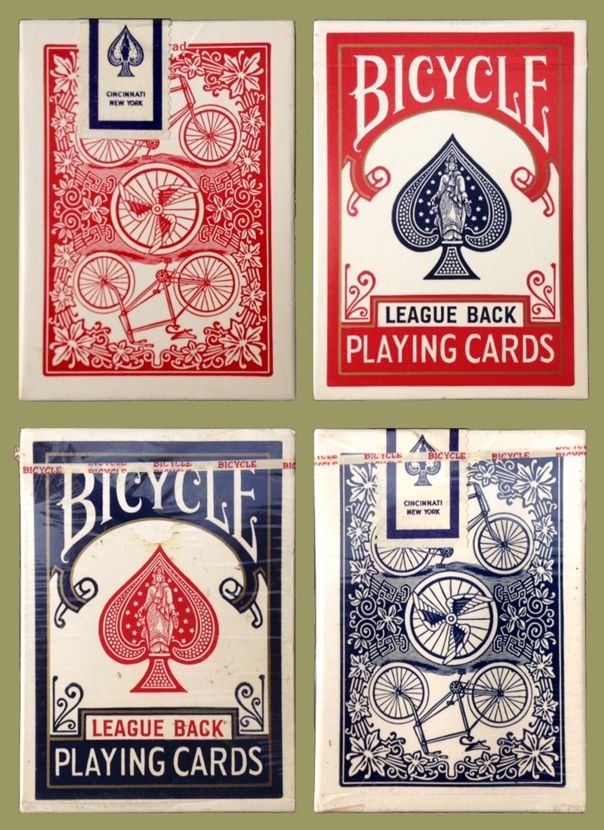
Below is another interesting discovery by Kei Izumi. This is Caravan, a common USPCC deck dating from the 1940s. What is unusal is the Japanese tax stamp that appears in place of the usual U.S. revenue stamp.
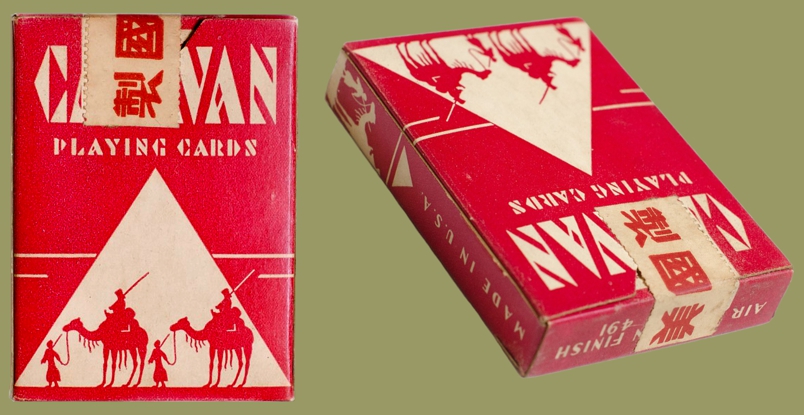
Current Production Codes for USPCC
The more recent production code in use by USPCC is relatively easy to decipher. The first four numbers represent the week and year of production. Within those four numbers the first two represent the week of the year and the second two represent the last two digits of the year. There is no known explanation for the other letters and numbers. However, it appears that the old letter system has been retained. For example, the ace on the left, below, has the code 1613-S6560. Accordingly, the deck was made in the 16th week of 2013 and under the old code, 2013 would have been indicated by the letter S.
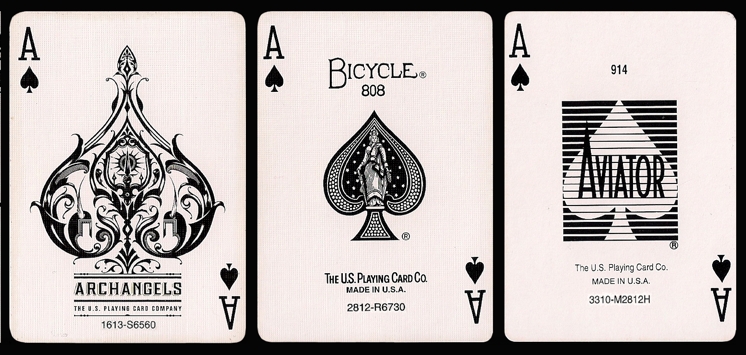
For the Bicycle ace in the middle, the last two digits of the first four are 12, indicating 2012 and the letter R matches the code for 2012. Thanks again to Rod Starling for this information.
